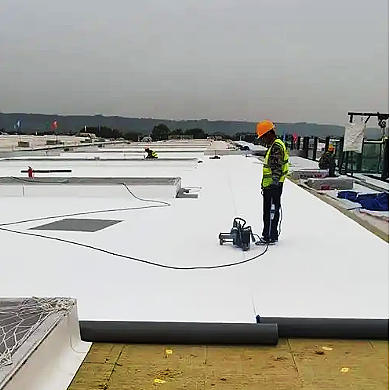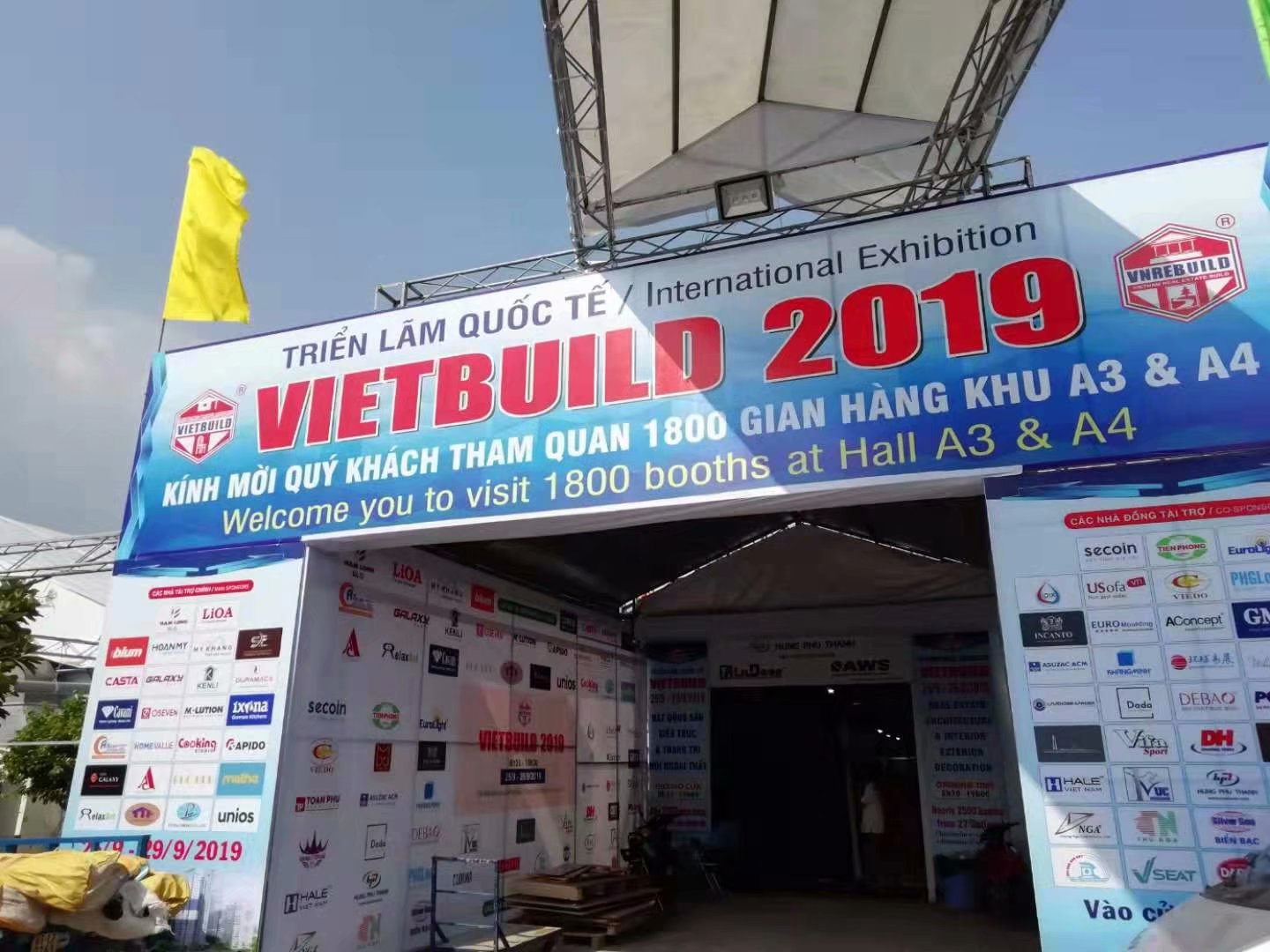Steel Bracing used in Construction
1. Applications of Steel Bracing in Constructiona) Seismic Resistance
- Steel bracing systems (e.g., X-bracing, K-bracing) are widely used in earthquake-prone regions to enhance structural rigidity and dissipate seismic energy.
- Example: In Japan, high-rise buildings often employ **Buckling-Restrained Braces (BRBs)** to prevent collapse during tremors.
b) High-Rise Buildings
- Diagonal steel braces reduce lateral deflection caused by wind loads, allowing for taller and more slender designs (e.g., Shanghai Tower’s outrigger system).
c) Temporary Supports
- Modular steel props provide adjustable support during construction (e.g., tunnel formwork, bridge decks).
d) Retrofitting
- Aging structures are reinforced with steel braces to meet modern safety codes without major demolition.
---
2. Advantages of Steel Bracing
① High Strength-to-Weight Ratio
- Steel offers greater tensile strength than concrete, enabling lighter structures with larger spans.
② Ductility & Energy Absorption
- Steel deforms predictably under stress, absorbing seismic energy to prevent sudden failure (critical for moment-resisting frames).
③ Speed of Installation
- Prefabricated steel components allow rapid assembly, reducing project timelines (e.g., 30% faster vs. traditional RC).
④ Design Flexibility
- Adaptable to complex geometries (e.g., eccentric bracing for architectural openings).
⑤ Sustainability
- 100% recyclable; some systems use **low-carbon steel** (e.g., ArcelorMittal’s XCarb).
⑥ Cost-Effectiveness
- Lower labor costs and reduced foundation loads translate to long-term savings.






